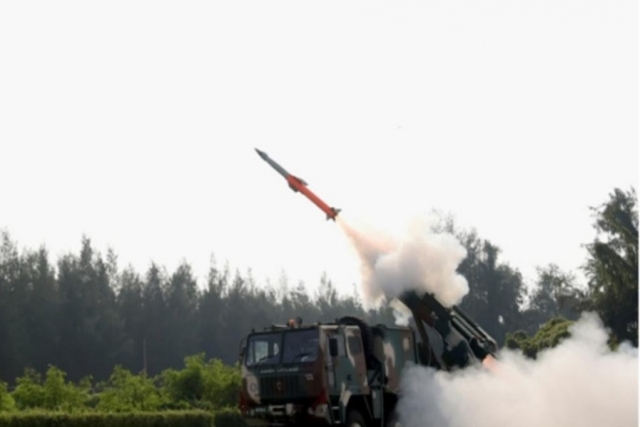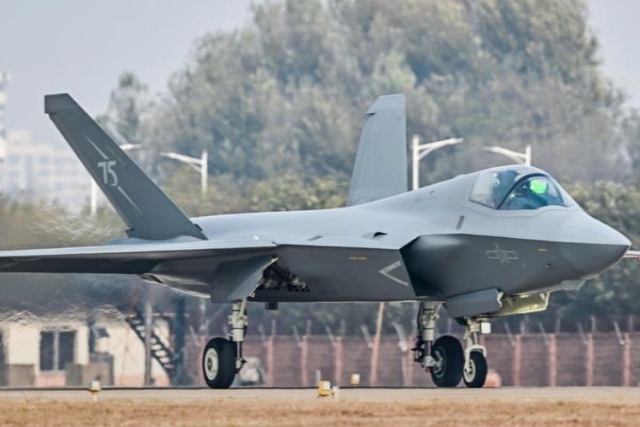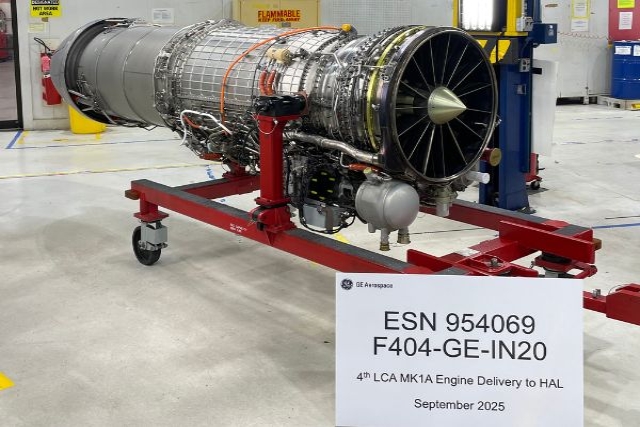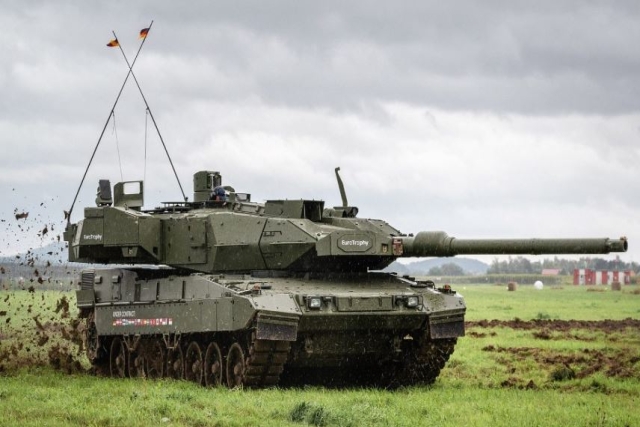India Tests Quick Reaction Surface to Air Missile System

India’s Defense Research and Development Organisation (DRDO) conducted the fourth test of Quick Reaction Surface-to-Air Missile (QRSAM) System from the Integrated Test Range (ITR) on the Chandipur coast, Odisha state, on Monday.
The weapon systems were tested in final configuration with a radar mounted on a vehicle and missiles on the launcher. The entire mission was captured by various Electro Optical Tracking Systems, Radar Systems and Telemetry Systems, according to the Indian media.
The mobile QRSAM system is equipped with a domestically-developed phased array radar, an Inertial Navigation System, a Data Link, and an RF (radio frequency) seeker. It comprises of fully automated Command and Control System, Active Array Battery Surveillance Radar, Active Array Battery Multifunction Radar and Launcher. Both radars are four walled having 360 degree coverage with search on move and track on move capability. The system is compact with minimum number of vehicles for a firing unit. Single stage solid propelled missile has mid course inertial navigation system with two-way data link and terminal active seeker developed by DRDO.
The QRSAM can receive enemy radars and is capable of destroying aerial targets, tanks, bunkers, and short-range missiles. Also developed by the DRDO, the missile has a strike range of 25 to 30 km. It uses solid-fuel propellants and has the capability of engaging multiple targets.
The all-weather and all-terrain missile, which can be mounted on a truck and stored in a canister, is equipped with electronic countermeasures against jamming by aircraft radars.
On 19th and 20th of December, India conducted tests of the Pinaka missile system. "The first trial was conducted on December 19, 2019, wherein one missile was fired at 75 kilometre range. The second trial was successfully conducted today at 1100 hrs from ITR, Chandipur, off the Odisha coast," DRDO had said in a statement.









